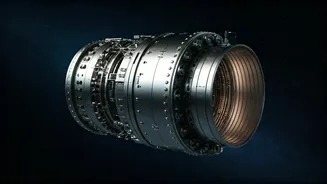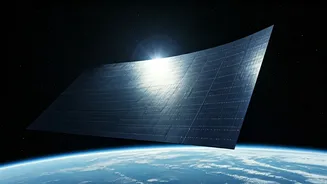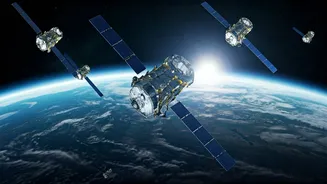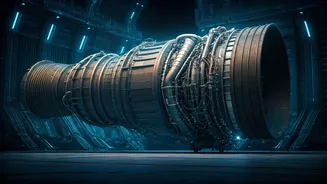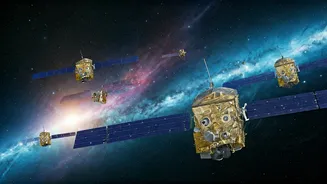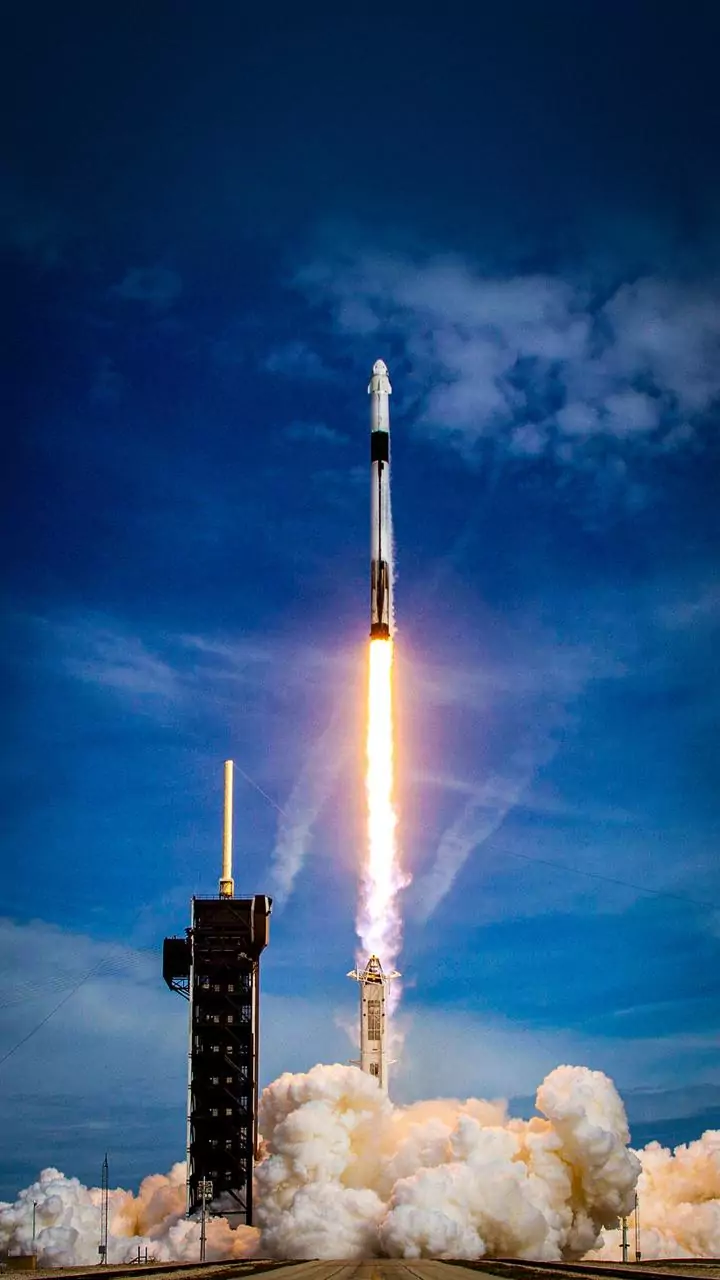Thruster Innovation Unveiled
ECAPS has made a significant announcement with the introduction of its Fast-Start Thruster (FAST) technology. This thruster system is designed to provide
rapid and efficient propulsion, potentially transforming how spacecraft maneuver and operate in the vastness of space. The development of FAST is a result of ongoing efforts to improve existing space propulsion methods, aiming to overcome the limitations of conventional systems. The implications of this advancement are considerable, offering potential for improved mission capabilities and reduced travel times. The ability of FAST to deliver quick and powerful bursts of thrust is a key feature, which allows for quicker adjustments and maneuvers in space. This technology has the potential to enhance the performance and efficiency of various spacecraft, furthering the progress in space exploration and research.
Impact on Space Missions
The introduction of FAST technology by ECAPS holds promising implications for various space missions. By providing a propulsion system that is both fast-starting and highly efficient, FAST is positioned to enhance the performance of spacecraft across diverse applications. This technology could facilitate more ambitious missions with increased maneuverability and enhanced operational capabilities. FAST is expected to be useful in a wide range of space activities, including satellite repositioning, orbital adjustments, and even deep-space exploration. The technology allows for quicker responses to mission demands, as well as a reduction in the time needed for orbital adjustments. These improvements result in more efficient use of onboard resources, leading to the extension of mission durations and the ability to conduct more research and experiments. In the world of space exploration, the introduction of FAST technology represents a move toward more capable and effective spacecraft propulsion systems.
Ariane 64 Launch Schedule
The scheduled launch of the first Ariane 64 in 2026 represents a crucial moment in the evolution of space exploration. As the date approaches, anticipation builds around the capabilities this advanced launch system brings to the space community. Ariane 64, with its advanced features and enhanced payload capacity, is expected to play a key role in numerous space missions. This launch serves as an indicator of the developments in space technology and infrastructure, which are vital for future exploration. The scheduled launch in 2026 is a significant milestone, representing the collective efforts and expertise of engineers and scientists. It also shows the commitment to expanding humanity's footprint in space. This new generation of launchers will play an important role, whether it's for launching satellites, conducting scientific research, or advancing the reach of space-based technology.
